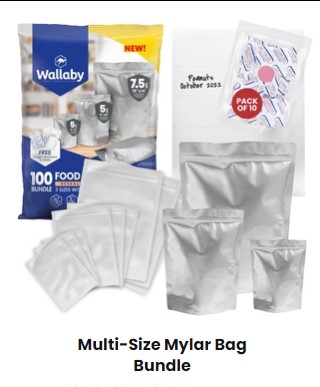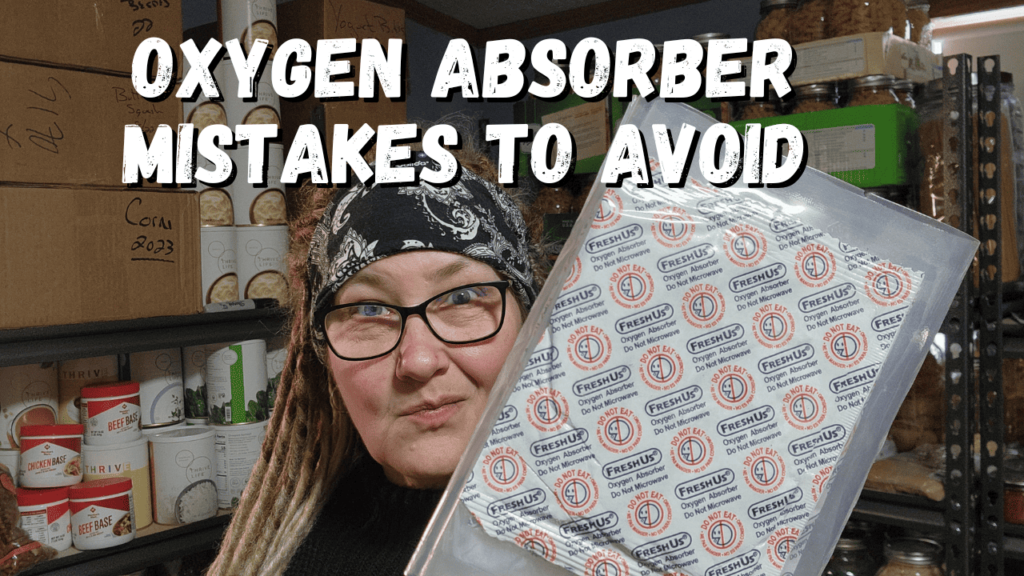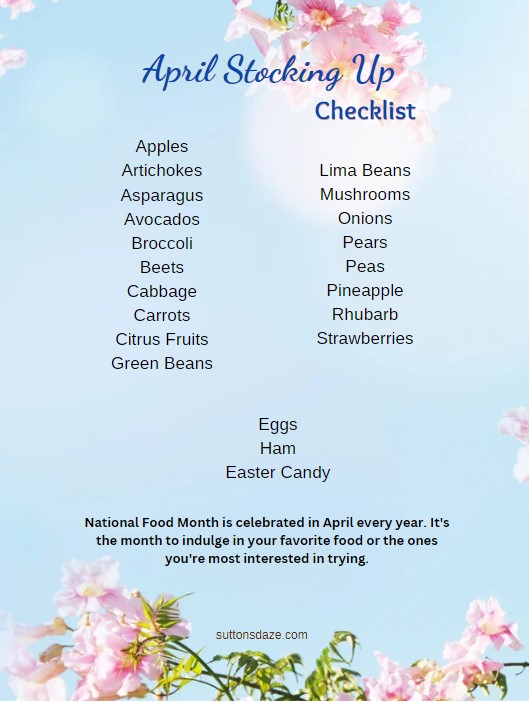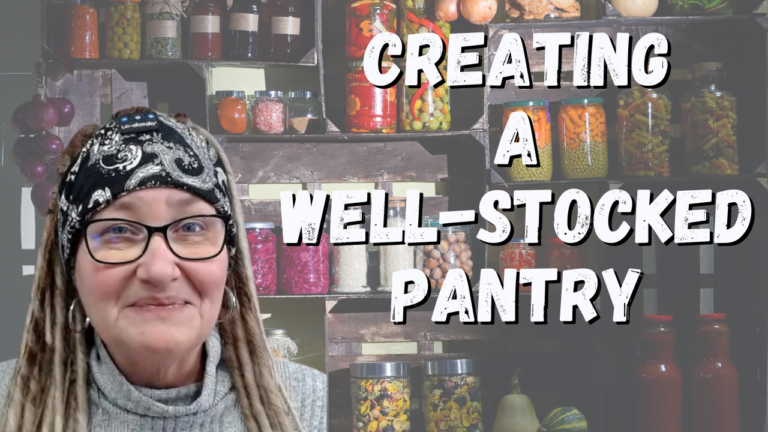Oxygen Absorbers
I highly recommend these oxygen absorbers and mylar bags.

Oxygen Absorbers Overview:
- Definition:
- Oxygen absorbers are small packets or sachets that contain iron powder, salt, and clay. They are designed to remove or reduce the presence of oxygen in a sealed environment.
- Purpose:
- The primary purpose of oxygen absorbers is to extend the shelf life of packaged food and other products by preventing oxidation and spoilage. Oxygen is a major contributor to the degradation of many substances, including food items.
- How They Work:
- Oxygen absorbers typically contain iron powder, which reacts with oxygen to form iron oxide (rust). This reaction occurs within a porous sachet, preventing direct contact between the iron and the product being preserved. The reduction of oxygen helps inhibit the growth of aerobic bacteria, molds, and other microorganisms.
- Types of Oxygen Absorbers:
- Iron-Based Absorbers: Most common, utilizing iron powder.
- Organic Compound Absorbers: May contain ascorbic acid or other organic compounds.
- Moisture-Absorbing Absorbers: Combine oxygen removal with moisture control.
- Packaging Applications:
- Food Preservation: Used in food packaging to maintain freshness and prevent spoilage.
- Pharmaceuticals: Preserves the efficacy and shelf life of medications.
- Electronics: Protects sensitive electronic components from oxidation.
- Documents and Artifacts: Preserves historical documents and artifacts.
- Advantages:
- Extended Shelf Life: Prevents oxidation and slows down the spoilage process.
- Preservation of Nutrients: Helps retain the nutritional value of packaged food.
- Prevention of Mold and Bacteria: Inhibits the growth of microorganisms.
- Considerations:
- Packaging Integrity: Oxygen absorbers work best in a well-sealed, airtight environment.
- Size and Capacity: Choose absorbers based on the volume of the package and the oxygen removal required.
- Activation Time: Some absorbers may require time to reach full effectiveness after exposure to air.
- Storage and Handling:
- Store in a Cool, Dry Place: Moisture and heat can activate absorbers prematurely.
- Avoid Direct Contact: Do not place absorbers directly in contact with food products.
- Common Sizes:
- Oxygen absorbers are available in various sizes, ranging from a few cubic centimeters to several liters, to accommodate different packaging volumes.
- Regulatory Compliance:
- Ensure that the selected oxygen absorbers comply with relevant regulations and standards for the intended application.
- Disposal:
- Oxygen absorbers are generally safe for disposal in regular household waste. The iron content poses minimal environmental risk.
- Brands and Suppliers:
- Several companies specialize in the production of oxygen absorbers, such as Multisorb Technologies, Desiccare, and others.
Important Note: Always follow the manufacturer’s instructions and guidelines for the specific type and brand of oxygen absorber used. The information provided here is a general overview and may not cover all aspects of every product on the market.
| 5 or 6-gallon bucket or mylar | 2000cc |
| 1 gallon to 2 gallon mylar | 1000cc |
| 1/2 gallon Mylar or jar | 500cc |
| Quart Mylar or jar | 300cc |
| Pint Mylar or jar | 100cc |







Hi Leisa, I’d like to see your recipes. I read the note about they are hyper-linked but not blue-colored. I can not get any of the to come up.
I’m a newby canner & food prepper. I just discovered your YouTube channel on your Canuary & have been binge watching your channel ( & your blog) non-stop! You are such a good teacher! I surely agree with your philosophy- food preparedness is the best insurance you can give your family! Keep up the great work Leisa. Thank you. Cynthia Trowbridge 💜
Leisa, you have been my go to in my learning journey of canning and food preservation. I started canning in 2020 when the shelves were bare in the grocery stores. I watched others instructing it was ok to can strawberry pie filling with thickeners. After watching you I realized I had to trash it. Hard, emotional lesson. I also learned about the weights I didn’t need to babysit for the presto canner, thank God! I had been ready to give up canning before that $15 hint you shared. You are a great instructor and thank you for all the wonderful videos!
Patty